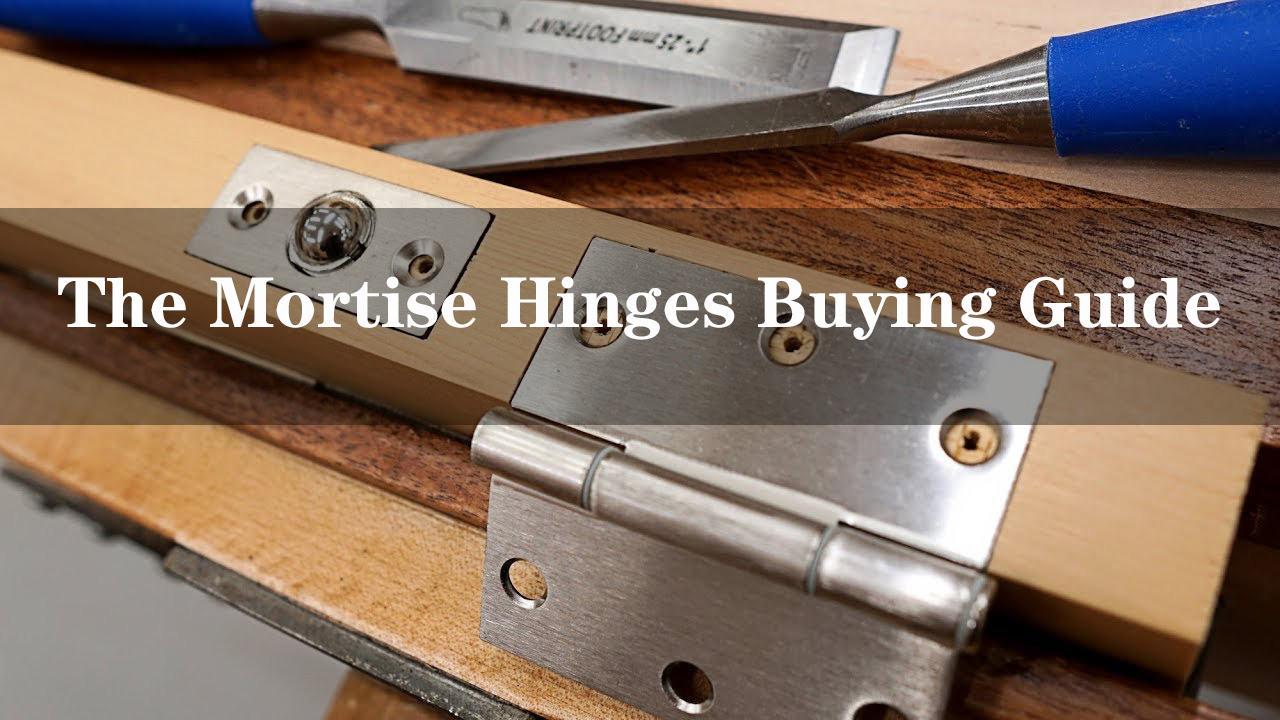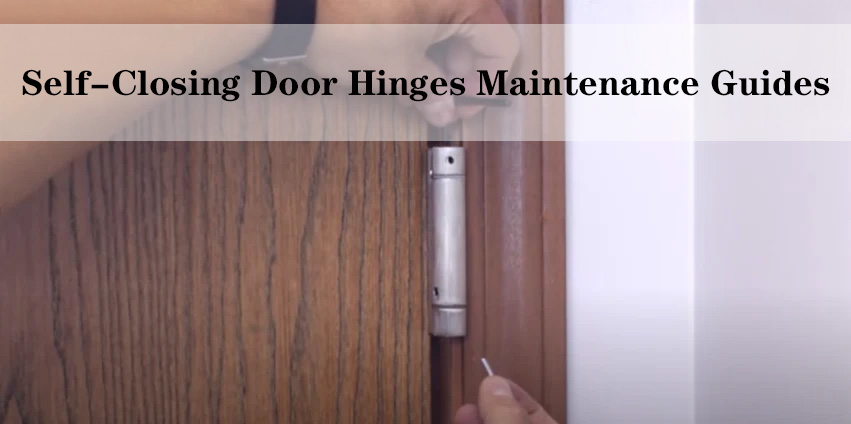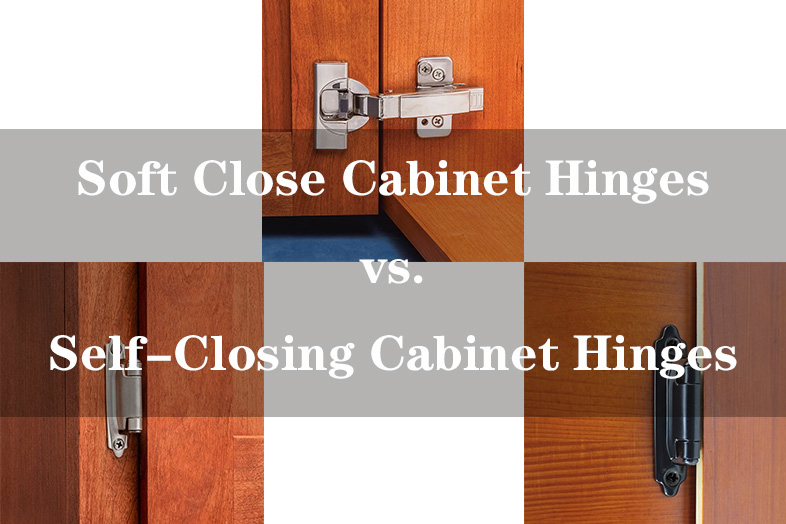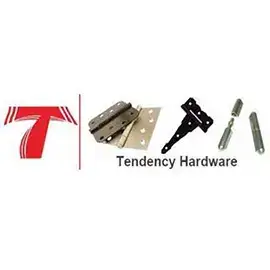When it comes to door and gate hardware, one component that often goes unnoticed but plays a crucial role is the strap hinge. These unassuming yet essential pieces of hardware provide both functionality and aesthetic appeal to doors and gates of all kinds. In this section, we will delve into the importance of strap hinges, exploring their various uses and highlighting why they are an indispensable part of any well-designed door or gate.
Strap hinges are specifically designed to support heavy doors or gates while allowing them to swing open and closed with ease. Unlike traditional hinges that are concealed within the frame, strap hinges are visible on the surface, adding a touch of character and charm to the overall appearance. Their unique design features long metal straps that attach to both the door or gate and its frame, providing stability and strength. So, let’s dive in and discover the world of strap hinges, where form meets function seamlessly.
The Importance of Strap Hinges
The importance of strap hinges lies not only in their functional capabilities but also in their ability to enhance the overall aesthetic appeal of a door or gate. Available in a variety of styles, finishes, and sizes, strap hinges can be chosen to complement any architectural style or design preference. From rustic barn doors to elegant wrought iron gates, strap hinges can be customized to match the desired look and feel.
In addition to their visual impact, strap hinges offer practical benefits as well. They distribute weight evenly across the entire length of the door or gate, reducing stress on individual components and prolonging their lifespan. This even weight distribution also ensures smooth operation when opening or closing doors or gates.
Whether you’re looking for sturdy hardware for your front entrance door or functional support for your garden gate, understanding the importance of strap hinges is crucial. By choosing high-quality strap hinges that align with your design vision and meet your functional needs, you can enhance both the beauty and functionality of your doors and gates.
Different Types of Strap Hinges Available
Strap hinges, those stalwart gate and door companions, come in a variety of types to suit different needs and styles. These hinges boast diverse designs, configurations, and functions. Let’s explore some of the most common types of strap hinges available:
Plain Strap Hinges: Plain strap hinges, as the name suggests, are a straightforward and unadorned type of hinge that serves a fundamental purpose – providing a reliable pivot point for doors and gates. These hinges are valued for their simplicity, making them a versatile choice for various applications.
Heavy-Duty Strap Hinges: As the name implies, these robust hinges are designed to handle heavy doors and gates. They often feature thicker materials and larger dimensions, ensuring reliable support for substantial weight.
Light-Duty Strap Hinges: These hinges are ideal for lightweight doors, cabinets, or small gates. They offer a sleeker profile and are less obtrusive, making them suitable for more delicate applications.
Decorative Strap Hinges: Elevating both functionality and aesthetics, decorative strap hinges often boast intricate designs and embellishments. They’re perfect for adding a touch of elegance to your doors, gates, or even furniture pieces.
Barn Door Strap Hinges: Characterized by their rustic charm, barn door strap hinges are often used for sliding doors. They offer a vintage look that complements both traditional and modern spaces.
Pintle Strap Hinges: These hinges consist of two parts – a strap attached to the door or gate and a pintle plate fixed to the frame. The pintle fits into the strap, allowing for easy installation and removal.

Factors to Consider When Choosing Strap Hinges for Your Doors or Gates
Before you dive into the world of hinge options, take a moment to consider your specific needs. Are you outfitting a door or a gate? What’s the weight of the door or gate? Are you aiming for a traditional, rustic, or modern style? These insights will serve as your compass as you navigate through the myriad of hinge choices.
1. Finding the Right Size

A cardinal rule of hinge selection is measurement accuracy. Take precise measurements of both the width and height of your door or gate. These measurements will dictate the size of strap hinges you require. Remember, even a slight miscalculation can lead to a wobbly or misaligned hinge installation.
To choose the right size hinge, start by measuring the length needed for your specific application. This can be done by measuring the distance between the mounting points or determining the desired coverage of the hinge on your door or gate. Taking precise measurements will help you avoid any issues with alignment or gaps.
Equally important is determining the appropriate width for your strap hinges. This will depend on factors such as the weight of your door or gate, as well as its overall design and style. Choosing a hinge that is too narrow may result in instability, while opting for one that is too wide can lead to an unappealing appearance.
By carefully considering these factors and taking accurate measurements, you can confidently select a strap hinge that perfectly fits your needs. Whether it’s for a small cabinet door or a large entrance gate, finding the proper length and width will ensure smooth operation, durability, and an aesthetically pleasing result.
2. Making Material Choices

Strap hinges come in an array of materials, from sturdy steel to classic iron, and even decorative finishes that add a touch of elegance. The material you choose should align with the style of your door or gate and the environment it will be placed in. For outdoor gates that face the elements, opt for a material with proven weather resistance.
Steel strap hinges are a popular choice due to their durability and strength. They can withstand heavy loads and provide reliable performance over time. Steel strap hinges are often used in applications where strength is paramount, such as heavy doors or gates.
On the other hand, wrought iron strap hinges offer a classic and timeless look. They have a decorative appeal that can enhance the overall aesthetics of your project. Wrought iron is known for its elegance and ability to complement various architectural styles.
For those seeking a combination of strength and corrosion resistance, stainless steel strap hinges are an excellent choice. Stainless steel is highly resistant to rust, making it suitable for outdoor applications or areas with high moisture content. It also offers a sleek and modern appearance that can elevate the visual appeal of any project.
When deciding on the right material for your strap hinges, it’s important to consider factors such as durability, aesthetics, and environmental conditions. By exploring different options like steel strap hinges, wrought iron strap hinges, and stainless steel strap hinges, you can make an informed decision that best suits your specific needs and preferences.
3. Selecting a Style
When it comes to selecting the perfect strap hinge design for your door or gate, it’s essential to consider the aesthetics and overall style you want to achieve. The right choice of strap hinge can enhance the visual appeal and complement the overall look of your door or gate.
Choosing a strap hinge style that matches your desired aesthetic is crucial. If you’re aiming for a traditional or rustic look, decorative strap hinges with intricate designs and antique finishes can add a touch of elegance and charm. These hinges are often made from durable materials like wrought iron or bronze, providing both functionality and visual appeal.
On the other hand, if you prefer a more modern and contemporary style, sleek and minimalist strap hinges are ideal. These modern strap hinges are often made from stainless steel or aluminum, offering durability while maintaining a clean and streamlined appearance.
By carefully considering the style you want to achieve, whether it’s rustic or modern, you can select the perfect strap hinge design that complements your door or gate aesthetics flawlessly. Remember that choosing the right strap hinge not only ensures proper functionality but also adds an extra layer of visual appeal to your overall design.
4. Considering Weight Capacity
Visualize your door or gate as a weightlifter, and your hinges as the supporting muscles. It’s crucial to select strap hinges with a weight-bearing capacity that either matches or surpasses the actual weight of your door or gate. This guarantees that your hinges won’t buckle under pressure and will maintain their integrity over time.
Determining the weight capacity of strap hinges involves assessing various factors such as material strength, hinge size, and design. It is important to carefully evaluate these aspects to guarantee that your chosen hinges can withstand the load they will be subjected to.
Heavy-duty strap hinges are specifically engineered to handle substantial weights without compromising structural integrity. These robust hinges are designed with reinforced materials and advanced manufacturing techniques, making them ideal for applications where durability and reliability are paramount.
By selecting strap hinges with a suitable weight capacity, you can have peace of mind knowing that your doors or gates will be adequately supported. This not only prevents premature wear and tear but also ensures the safety and security of your property.
In conclusion, when considering strap hinges for heavy doors or gates, it is crucial to take into account their load-bearing capacity. Opting for heavy-duty options will provide you with a reliable solution that can withstand substantial weights while maintaining long-lasting performance.
5. Taking Installation Into Account
Unless you’re a DIY expert, you’ll likely prefer a hassle-free installation process. Seek out strap hinges that are designed for easy installation using basic tools. Some hinges even come with pre-drilled holes, streamlining the installation journey.
Surface-mounted installation involves attaching the hinge directly onto the surface of the door or gate, creating a visible and prominent look. This method is ideal when you want to showcase the beauty of the hinge itself or if you prefer a more traditional and decorative appearance.
On the other hand, flush-mounted installation offers a sleek and seamless look by recessing the hinge into the door or gate, creating a smooth and uninterrupted surface. This method is popular in modern design aesthetics where clean lines and minimalism are desired.
Both methods have their advantages depending on your specific needs and preferences. Surface-mounted installation provides easy accessibility for adjustments or maintenance, while flush-mounted installation offers a more streamlined look with less protrusion.
By understanding these mounting options for strap hinges, you can choose the method that best suits your project’s style, functionality, and overall aesthetic vision. Whether you opt for surface-mounted or flush-mounted installation, both methods can enhance not only the functionality but also the visual appeal of your doors or gates.
6. Seek Expert Advice
Feeling a bit overwhelmed by the hinge options? Don’t hesitate to seek guidance from hardware professionals. They possess the expertise to provide tailored recommendations based on your unique needs, ensuring that you make an informed decision that aligns with your goals.
Care and Maintenance Tips for Your Strap Hinges Over Time

Taking proper care of your strap hinges is essential to ensure their durability and longevity. By following a few simple maintenance tips, you can keep your door or gate hardware in optimal condition over time.
One of the most important steps in maintaining strap hinges is regular cleaning. Dust, dirt, and debris can accumulate on the surface of the hinges, leading to corrosion and reduced functionality. Use a soft cloth or brush to gently remove any buildup from the hinges, paying close attention to hard-to-reach areas.
After cleaning, it is crucial to lubricate your strap hinges. Lubrication helps reduce friction and prevents rust formation. Apply a high-quality lubricant specifically designed for door or gate hardware onto the moving parts of the hinges. Be sure to follow the manufacturer’s instructions for proper application.
In addition to regular cleaning and lubrication, it is important to inspect your strap hinges periodically for any signs of wear or damage. Check for loose screws, bent components, or excessive movement in the hinge mechanism. If you notice any issues, address them promptly by tightening screws or replacing damaged parts.
Furthermore, consider protecting your strap hinges from harsh weather conditions by applying a protective coating such as paint or sealant. This additional layer can help prevent moisture penetration and minimize the risk of rusting.
By following these care and maintenance tips consistently, you can extend the lifespan of your strap hinges and ensure their smooth operation over time. Remember that investing a little time and effort into maintaining your door/gate hardware now will pay off in terms of long-term durability and functionality.
In Conclusion
Selecting the ideal strap hinges for your doors or gates isn’t an intricate puzzle, but it does require thoughtful consideration. By understanding your needs, measuring accurately, factoring in materials, aesthetics, and other key aspects, you’ll confidently choose the perfect strap hinges that harmonize functionality with style. Whether they’re destined for a charming garden gate or an interior door, well-chosen strap hinges enhance both the appearance and functionality of your doors and gates. With the right strap hinges, your doors and gates become more than just functional elements – they become a seamless blend of practicality and visual appeal.
























